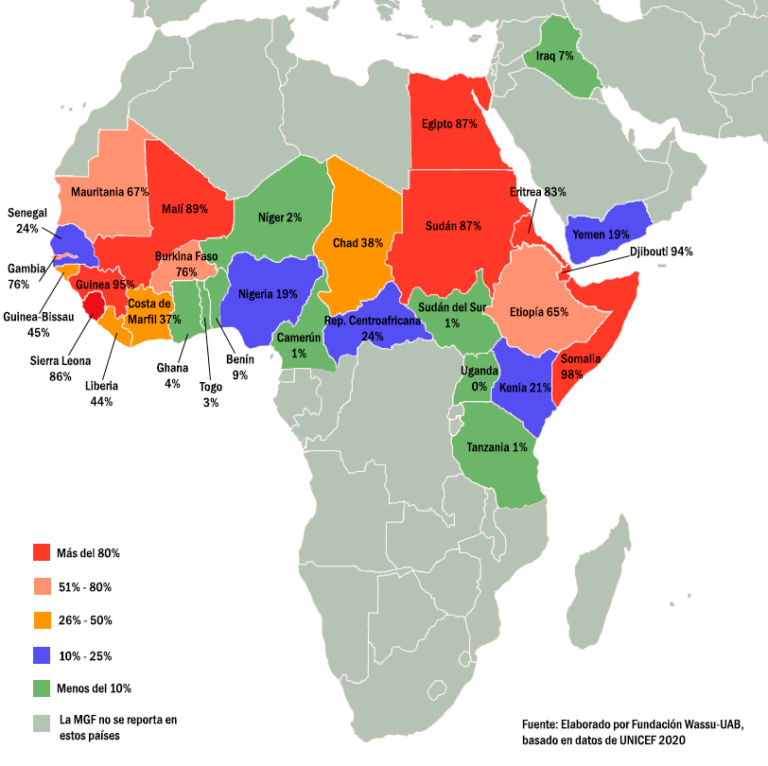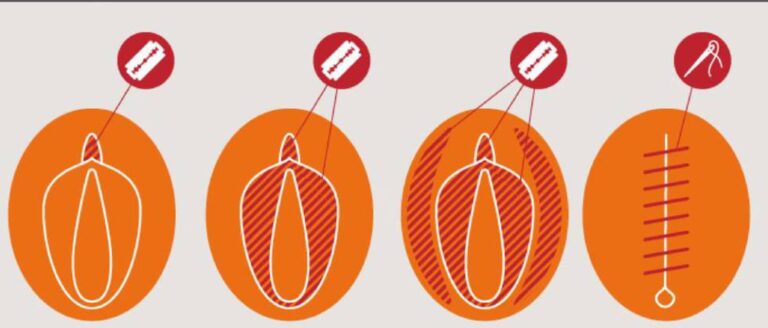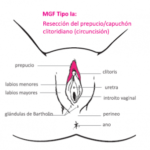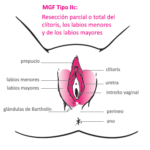Female Genital Mutilation (FGM) is a harmful traditional practice with strong and ancient sociocultural roots. According to the World Health Organization (WHO), it includes those procedures that, intentionally and for non-medical reasons, alter or injure the female genital organs. Internationally recognized as an extreme violation of human rights, FGM perpetuates gender inequality and discrimination, seriously affecting the health and well-being of women and girls. UNFPA estimates that more than 200 million women and girls alive today have experienced this practice and around 68 million girls face FGM by 2030 if we do not accelerate our efforts to abandon it.
Female Genital Mutilation is an extremely complex, sensitive and politicized topic, difficult to understand only through normative definitions, classifications and/or geographical delimitations. It is necessary to have an anthropological view of the phenomenon to obtain an understanding of its significance that allows the subject to be approached with knowledge and respect. FGM has great symbolic meaning for the communities that practice it. In Africa, it is linked to two basic values of culture: the feeling of belonging to the community and complementarity between the sexes. In some societies, the practice continues to be part of initiation ceremonies into adulthood, directly influencing the construction of women's roles and status, granting ethnic and gender identity. It transmits a feeling of pride and belonging to the group, and becomes the physical proof that guarantees the femininity and virginity of the girl and the obtaining of the necessary knowledge to be able to belong to the community and the secret world of women (Kaplan, 1998; Kaplan, et al., 2013a). When the reasons for continuing with the practice are investigated, various reasons appear:

FGM is mainly practiced in 30 countries in Sub-Saharan Africa, as well as in parts of the Middle East and Asia (Yemen, Oman, Northern Iraq, certain regions of India, Malaysia and Indonesia, among others).
However, due to migratory flows, what was once local is now global: FGM survives in diaspora and can be found in Europe, Australia, the United States of America, etc. Wherever migrants take their culture with them.










If you want to support us on a more regular basis, by getting involved in our activities, you can join and you will become part of our entity. To do this you must send us an email to wassukafo@gmail.com and we will send you a form.